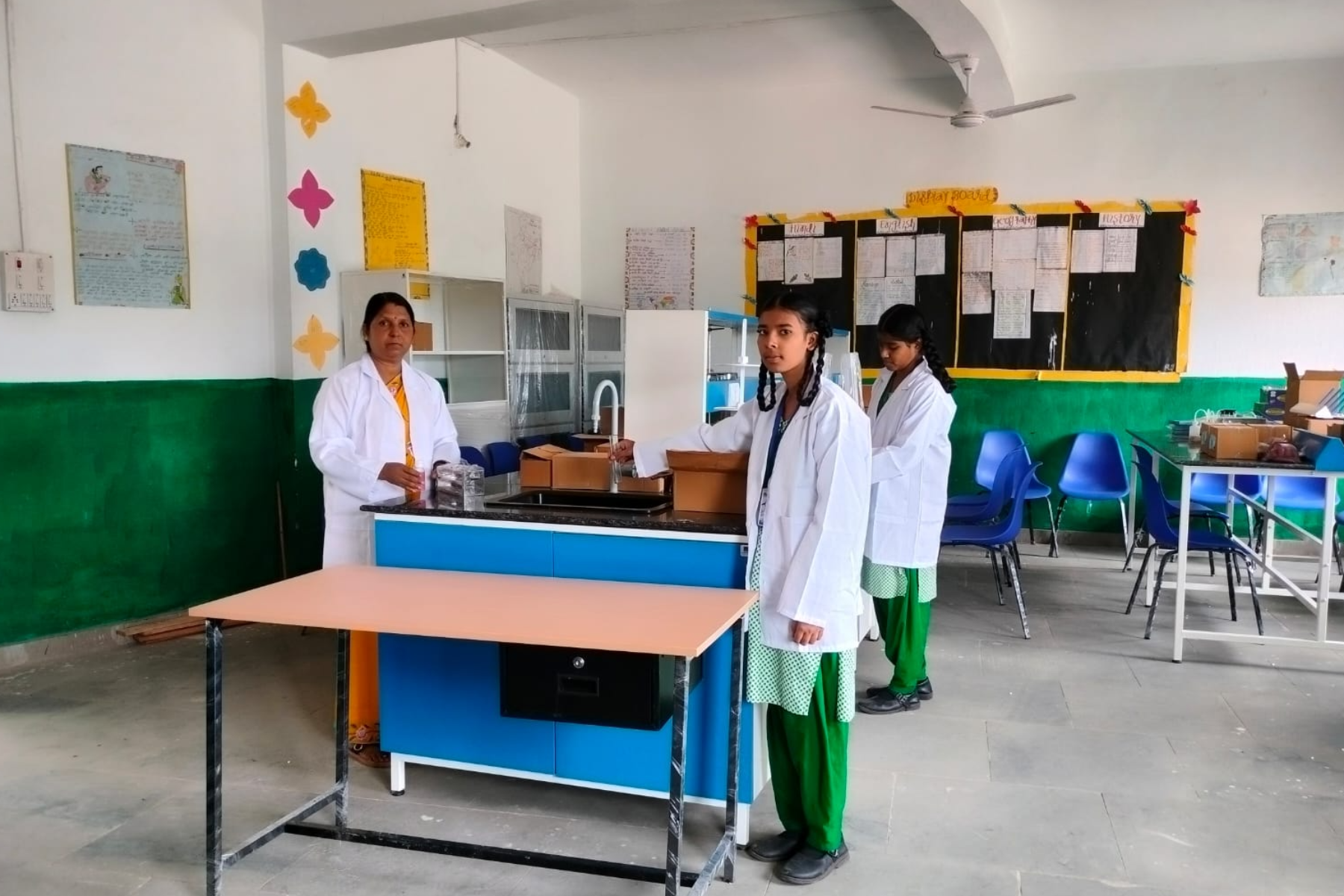

In the chemistry lab, a world of scientific exploration unfolds within the sterile confines of gleaming countertops and state-of-the-art equipment. The room hums with an air of anticipation, as students and researchers don crisp lab coats and gloves, ready to delve into the intricacies of molecular interactions. The periodic table adorns the walls, serving as a constant reminder of the elements that form the building blocks of matter. Rows of glassware, from beakers to test tubes, stand at the ready, awaiting their turn to participate in experiments. Bunsen burners flicker to life, casting a warm, blue glow as they generate controlled flames for precise reactions. The tangy scent of chemicals lingers in the air, a testament to the ongoing chemical transformations that occur in this hallowed space.In one corner, sophisticated analytical instruments, such as spectrophotometers and gas chromatographs, stand sentinel, offering insight into the composition and properties of substances. The lab is a symphony of precision and meticulousness, where even the tiniest measurements and observations can lead to ground breaking discoveries. Amidst the controlled chaos, scientists meticulously record their observations, forming a tapestry of data that will later be analysed to uncover the secrets of matter and its behaviour. Safety goggles shield eyes, and fume hoods provide a secure haven for the containment of potentially hazardous experiments.